Serums are my favorite skin care products. I never get tired of using serums or discovering new ones.
Some of you may already be familiar with serums. But for those of you who are not, this is a review of the role of serums in a skin care routine.
What Is A Skin Care Serum?
A skin care serum is a treatment product that is designed to do something specific, such as age-fighting, brightening, or hydrating. It may or may not moisturize skin too. It depends – many serums are moisturizing because they are designed to be multi-tasking (all-in-one).
A serum typically comes in a liquid, but sometimes it may actually have the consistency of a lotion, or even a light cream. A liquid is much more common.
A serum is more lightweight and looser than a moisturizer.
A serum is applied to skin after cleansing and toning, and before moisturizing.
A serum is often called a treatment. Both terms are common. Sometimes, a manufacturer may not use either term. In that case, you just have to read the product description to figure it out.
Benefits of Serums
Serums contain a higher concentration of performance ingredients than a moisturizer.
Performance ingredients are the ingredients that affect the appearance of skin. They are often called ‘active ingredients,’ but this is actually an incorrect usage of the term.
By definition, active ingredients affect the structure and function of skin (not just the appearance). They are considered drugs by the U.S. FDA, and are therefore regulated as drugs. You can read more about active vs performance ingredients here.
Serums are formulated to penetrate skin better than a moisturizer. The better serums have advanced delivery systems that make it easier for ingredients to travel deeper into skin.
Why is this important? Because most of the action happens in the dermis, which is the middle layer of skin that lies below the epidermis (the outer layer of skin).
Also, the outermost layer of skin (called the Stratum Corneum) is a layer of dead skin cells. Without the proper delivery system, ingredients can end up sitting on top of skin rather than going into skin. You can read a brief intro to the layers of skin here.
Types of Serums
These days, there are serums to target every concern you can imagine. With a thousand different blends of ingredients.
The most common ones you will encounter are:
Antioxidant Serums
These serums contain antioxidants such as Vitamin C, Vitamin A, Vitamin E, green tea, resveratrol, licorice, CoQ10, and hundreds more. Name a fruit or flower, it’s probably in some serum somewhere. This is because many fruits and flowers contain antioxidant chemicals.
Vitamin C Serum
Vitamin C is found in many age-fighting products, including serums. But a serum that is specifically called a Vitamin C serum will contain a stronger dose of Vitamin C.
A good Vitamin C serum will contain different forms of Vitamin C. Sometimes, the percent concentration is stated on the product. When it’s stated, it’s usually high, e.g. 15% Vitamin C.
I personally like to use a Vitamin C serum once or twice daily, even if my other skin care products (e.g. moisturizer) contain Vitamin C. It is so essential as an antioxidant, and it is also required for collagen production.
Firming and Lifting Serums
As the name suggests, these serums are intended to firm skin that is losing elasticity, and lift skin that is sagging. They will typically contain peptides, including Botox-mimicking peptides that temporarily freeze facial muscles.
Brightening Serums
These serums are for lightening spots or areas of discoloration, or for improving overall radiance and glow.
They typically contain brightening ingredients that inhibit pigmentation (such as tyrosinase inhibitors), as well as exfoliating ingredients, which speed up cell turnover. With faster cell turnover, skin cells shed faster and excess pigment is ‘washed’ out of skin faster.
Hydrating Serums
These serums give skin an extra dose of moisture. They contain water-binding ingredients (humectants) that help your skin hold onto water longer.
Voluminizing/Plumping Serums
These serums help plump up skin that is losing volume in certain areas. For example, under the eyes (hollowed orbits) and under the cheeks. Loss of volume is a sign of intrinsic aging, which is due to both loss of skin tissue and loss of bone.
Eye Serums
Eye serums are formulated to work in the delicate eye area without irritating eyes. They contain ingredients that treat the usual eye concerns, such as fine lines, dark circles, and puffiness.
Many face serums can work in the eye area too. So you don’t absolutely need an eye serum. More on this below.
How to Apply A Serum
Apply the serum after you cleanse and tone your skin. So, right after you tone. If you don’t tone, then after you cleanse. (But you really should tone! Read about the benefits of toning here.)
Since a serum is concentrated, you don’t need a lot. A few pumps from a bottle or a few drops is all you need. Especially if you have toned beforehand.
Toning preps the skin and enables the serum to be absorbed better. It also makes it easier to spread the serum. So you end up needing to use less serum to cover your face. This is a good thing! Serums are expensive. So if you can avoid waste, you should.
Check the instructions to see if you can apply the serum in the eye area. I usually do (except for very potent, highly concentrated serums). My eyes are not sensitive, so in general, a face serum or moisturizer does not irritate my eyes.
Depending on the nature of your serum, apply it to your neck too. For example, if it’s an age-fighting serum. If it’s for clarifying blemishes, and you don’t have blemishes on your neck, then you obviously don’t need any there.
If you can, wait 1-2 minutes before you apply moisturizer. This gives the serum time to be absorbed into skin.
If you’re oily or combination, you can use a serum in lieu of a moisturizer. A serum may be sufficient to hydrate your skin. When the weather is very hot and humid, I sometimes skip moisturizer and just use a serum.
Serum Application Tips
You can apply a serum all over your face. Or you can concentrate on certain areas if you have specific issues or want to use your serum sparingly.
Here are areas to focus anti-aging serums:
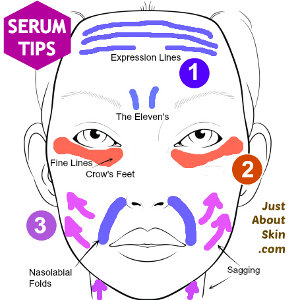 1⃣ AREA 1 (in blue) – If you have a firming, volumizing, or plumping serum with peptides, focus on these areas:
1⃣ AREA 1 (in blue) – If you have a firming, volumizing, or plumping serum with peptides, focus on these areas:
Horizontal expression lines on the forehead, the ‘eleven’s’ lines between your brows (they look like the number 11), nasolabial folds, and smile lines on the outer corner of your eyes (these lines are deeper than fine lines and appear visibly when you smile or laugh). ✏️
Botox-like peptides (e.g. SYN-AKE, snake venom) mimic the effect of Botox and temporarily freeze facial muscles. Focus on the expression lines and eleven’s. ✏️
Volumizing peptide serums are good on the nasolabial folds, under eye hollows, and lower cheeks.
2⃣ AREA 2 (in orange) – Focus your Vitamin C or collagen-boosting serum here (still apply to rest of face too). The eye area ages faster, due to its thin skin. If you don’t have crows feet or fine lines yet, see where I have shaded in orange – that’s where you should focus for prevention.
3⃣ AREA 3 (in purple) – This is where you should focus your lifting serum – on the jowls (lower cheeks), above the jaw, and neck. Also, upper eyelids and above the brows (not shown in the pic). Apply from bottom to top (against gravity).
Look for Airtight Serum Packaging
Look for serums packaged in air-tight containers with a pump, such as the one shown in the cover photo. Or at the minimum, in dark, opaque bottles.
Serums contain more unstable ingredients, antioxidants for example. These ingredients degrade very quickly in the presence of light or oxygen.
In fact, the stronger the antioxidant, the more unstable (reactive) it is.
You can read more about the importance of skin care packaging and skin care storage tips here.
Some Advice On Buying A Serum
Serums are more expensive than moisturizers on a per ounce basis. But they are a good investment if you are serious about caring for your skin.
They can treat a specific problem faster. And even if you don’t have any skin problems, a general age-fighting serum is a great way to slow down aging. If you can afford it, I recommend using an antioxidant serum in your daily skin care routine.
One way to budget your skin care purchases is to invest in a good quality serum. Then you can scale back on the moisturizer. There are many great, reasonably priced moisturizers on the market these days. Thousands! You don’t need a fancy moisturizer. Even a drugstore brand will do.
Drugstore brands have come a long way in the past 20 years. Many of them are owned by large beauty companies that develop higher end lines. They share the same R&D lab. The differences are in the texture, ingredient composition, and concentrations. The quality of a drugstore basic moisturizer is quite good these days.
At the end of the day, what you really need is a moisturizer that will keep your skin moist. That is achieved by water-binding ingredients and lipids, which are extremely common. It’s not rocket science.
For me personally, I prefer to invest in serums by professional or cosmeceutical lines. This is because age-fighting is my main concern, and I care most about high performance. Professional lines (medical or spa) and cosmeceutical lines tend to be the most cutting edge in ingredients and strongly focused on performance.
But there are plenty of other brands that offer very good formulations too. Especially if all you need is basic maintenance.
Expensive does not mean better. So you don’t need to invest in luxury skincare, for example. But you do need to cross a certain threshold (I would say at least $30 USD) for a quality serum.
Don’t spend more than what you can afford though. With more skin care brands and products than ever, chances are there is a perfectly good serum out there that fits your budget.


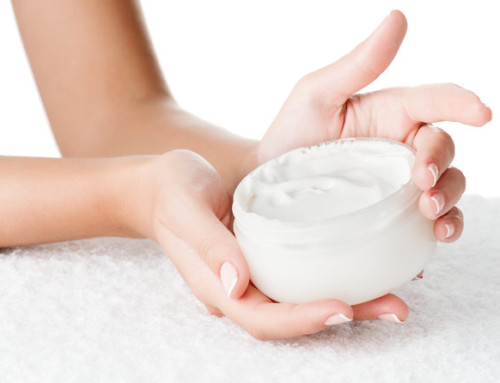

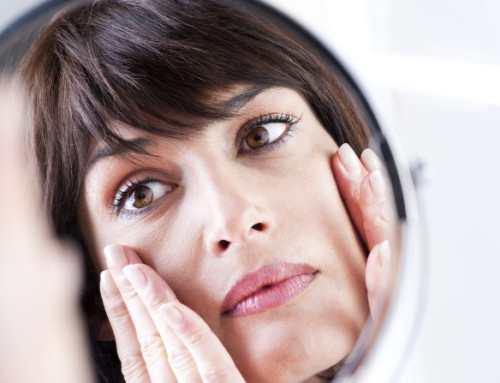

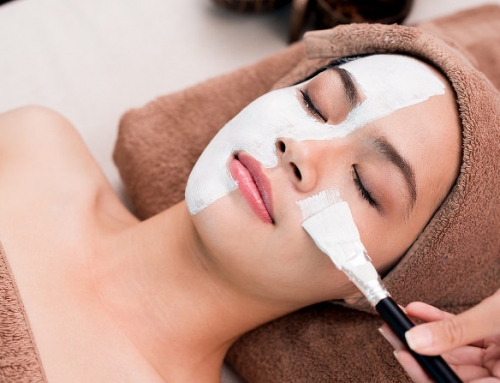

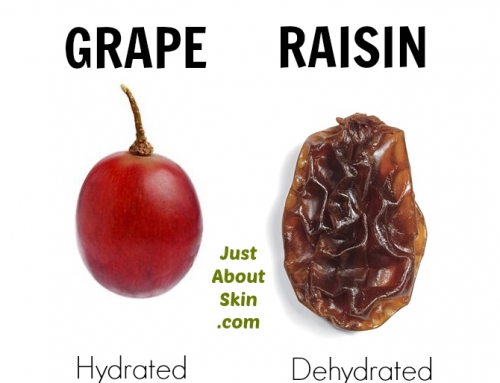


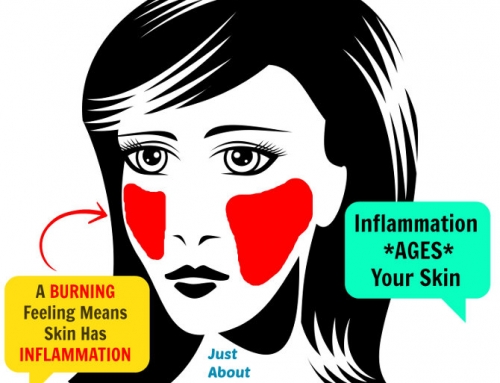
Great post! I’m obsessed with your blog! I’m learning so much about skincare and I really love that you give the info. rather than just sharing products – makes it so much easier to determine what I actually need and how to use it!
Any recommendations on layering serums? Should we go by viscosity or by purpose (i.e. retinol serum followed by M2 MAMA serum)?
Thank you! Your feedback is very much appreciated! That is an excellent question. Viscosity is certainly one way – looser first, thicker last. (If thicker, there are likely lipid ingredients, which are better last, as explained in the Layering article).
But also consider the nature of the ingredients. If there is a star ingredient (for example, a peptide for firming), then it’s a good idea to apply that product first. You could view it as getting the more expensive ingredients onto skin first (peptides are expensive). And that is because you want to be sure that they do penetrate, and are not hindered by another serum.
I personally like to apply my most advanced serums or treat my most urgent concerns first. For example, my cheeks have some dark spots. Treating those spots is very important to me, more important than anything else. So I apply a spot brightening treatment on those spots first, before any other serum.
The challenge is there is no absolutely correct answer. It really depends on the products at hand. You have to decide case by case because nowadays, products are so multi-tasking and come in many different textures. Hope this helps guide you!
What an excellent and informative article on serums! You are absolutely right in every aspect and it’s so refreshing to read. Particularly the fact that serums containing high concentrations of antioxidants are more difficult to stabilize but the ones who manage to do it are able to provide more antiaging benefit to the skin.
Thanks for sharing your insights!
Thank you very much for your note! Glad you enjoyed it.
Hello there, I have posted a few comments and questions but haven’t gotten responses form you! Please let me know which serum and toner you recommend for acne prone skin. Also what do you recommend for post acne marks? Thanks so much and I do hope to hear back from you:)
Hello, I’ve seen your comments and have replied to them. They’re on the articles where you left your comments. Unfortunately, my commenting system doesn’t send notifications.
It seems you have many questions about what products to use. You may not be aware, but I offer customized product recommendations as a consulting service. If you’re interested, you can learn more in the My Skin Clinic section of this site. Unfortunately, I cannot offer specific product recommendations to you here, as it would not be fair to my clients. Also, providing quality recommendations would require me to understand your skin issues and assess your skin.
Another option is Instagram. Are you following me on Instagram? Sometimes I do product reviews on Instagram, and I answer questions about those products.